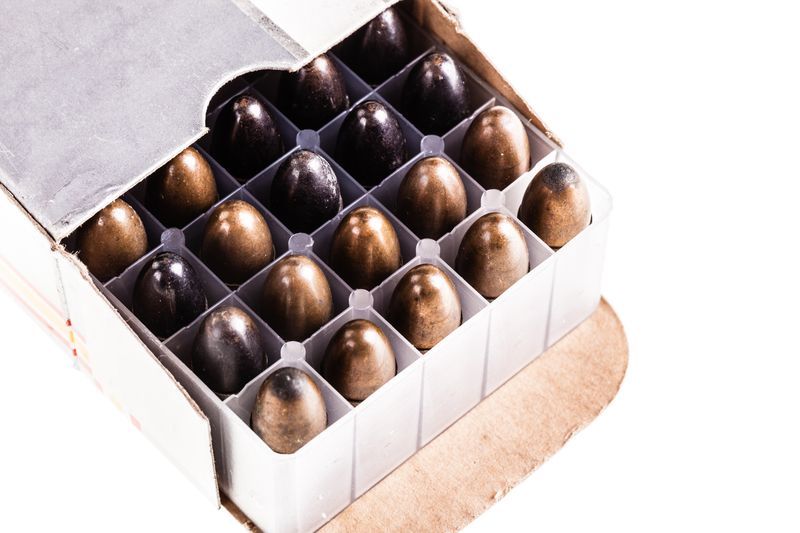Ammunition storage is often overlooked and that can have devastating consequences!
Here is what you need to know about what can hurt your ammo and how to avoid it!
Abuse
Mistreatment of your ammo can, over time, cause issues to the powder within the cartridge. Ammo and powder manufactures make the powder cartridges with very tight tolerances. This is because the shape of those cartridges is a factor in how the powder burns. This means the burn rate of the powder can be adversely affected if the cartridge has been degraded.
Heat
Nitroglycerin is one of the main components used in the powder today. Temperature swings, especially high heat, can adversely affect the nitroglycerin in the powder. This is turn adversely affect the cartridge and how it performs when fired.
Ammo manufacturers conducted tests to see how heat affects ammo. This was done because US combat troops were being stationed in high heat areas like the Middle East, and the US government wanted to know the effects of that heat on their ammo.
What the tests found was that at a temperatures of 125 F and higher, the nitroglycerin would begin to change into a gas form. This would cause the bullets to “sweat” as the nitroglycerin gas would seep out from the cartridge.
This of course leads to an imbalance in the cartridge, and would affect the pressure in the chamber when the round was fired.
In addition, when rounds were exposed to higher temperatures and then dropped back down to normal levels, the nitroglycerin did not always change back from a gaseous state.
Moisture/Humidity
Humidity and moisture can damage and possibly ruin your ammo stores, especially long term. Those two elements can play hell on your ammo.
The humidity can begin to corrode the brass on the casing, weakening it. This can cause the casing shape to alter ever so slightly, and can cause failure to feed issues as the cartridge won’t seat properly.
Moisture, or household chemicals like paint thinner or ammonia can over time seep into the ammo through the seals at the ammo’s seams. (The seams are at the primer and where the bullet meets the cartridge.)
Many ammo manufacturers try to prevent this by sealing those areas. But this is not always 100% fool proof, and over the years that sealer will begin to degrade a little. So never store your ammo where there is a chance for moisture or humidity to play havoc with it.
Damp basements, for example, are not the place you want to store your ammo. Also, don’t store your ammo by solvents such as oil, ammonia, or things like paint thinner. When it comes to long term storage, the drier the better.
If you see signs of corrosion on your rounds (be it the bullet or the cartridge), discard the ammo as it could be unsafe to shoot.
Long Term Storage
When it comes to long term ammo storage, there is no single, right way to store it properly. As long as you keep it in a cool, dry place, you should be ok. But there are some additional tips I want to share with you to ensure that your ammo will last for years and years to come.
Keep the ammo in its original container. This helps to keep the cartridge and point from being unnecessarily knocked or pumped around.
Don’t store your ammo on the floor. I’d keep them up at least on wooden pallets. This prevents leaks and other contaminates that might fall on the floor from seeping into your rounds.
If you have additional containers, such as ammo cans or ammo boxes, I would store them in those. This provides an extra layer of protection.
Use silicone gel packs in these containers to help soak up excess oxygen and moisture.
Storing your ammunition properly and inspecting it each time before you use it is the only way to make sure it will perform as you expect it to when you need it.
Neglecting storage can be inconvenient or in the right scenario, even have deadly consequences!
To get more tips on ammunition storage, please visit Plan and Prepare!
